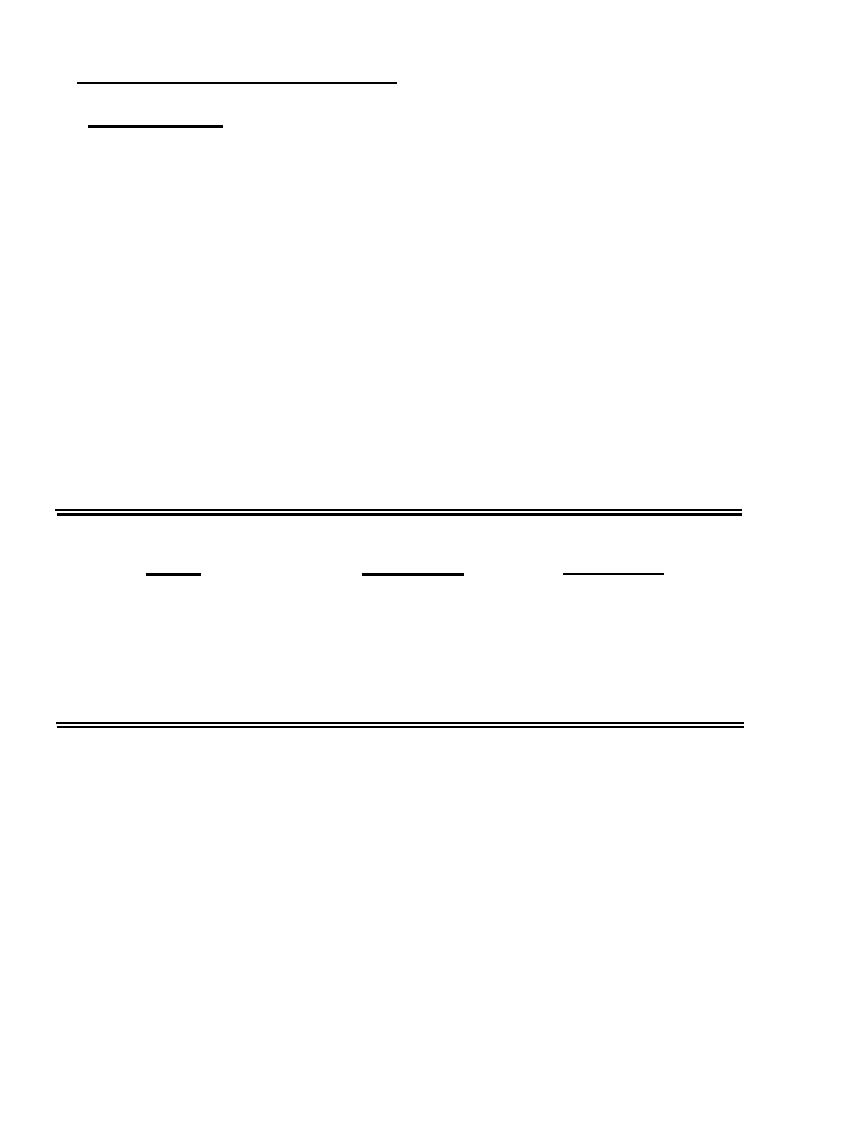

Custom Search
|
|

|
||
 MIL-HDBK-419A
8.4 SHIELDING EFFECTIVENESS OF OTHER SHIELDS.
8.4.1 Multiple Solid Shields.
There are cases when it is appropriate to consider using two or even three layers of shielding material rather
than a single sheet to obtain particular total shielding characteristics. The most frequently encountered
circumstances are when good protection against both electric and magnetic fields is desired, although other
situations also occur.
Although Mumetal and similar types of high-permeability alloys provide good shielding for low-frequency weak
magnetic fields, they tend to be less effective under the saturating effects of high-level fields. Where
magnetic shielding in strong signal environments is necessary, it is often desirable to use a multiple shield,
where the outer material has a lower permeability but a higher saturation level than the inner material. Such a
structure might be constructed with materials having the characteristics given in Table 8-10.
Table 8-10
Magnetic Material Characteristics
Inner Material
Outer Material
(Netic S 3-6)
Property
(Co-Netic AA)
300.0
Initial Permeability
20,000.00
500.0
Permeability at 0.02 tesla
80,OOO.OO
2.2
Saturation Inductance (tesla)
0.75
The material thickness necessary would be dictated by the unexpected levels of external fields and the desired
suppression.
When much of the usefulness of shielding is due to reflection loss, two or more layers of metal separated by
dielectric materials and yielding multiple reflections, will provide greater shielding than the same thickness of
metal in a single sheet. The separation of the two layers of metal is necessary to provide for the additional
discontinuous surfaces. A similar advantage has been noted with magnetic sheet materials (see Figure 8-17).
For the special case where two metallic sheets of the same material and thickness are separated by an air
space, the penetration and reflection losses are each twice of those of a single sheet. However, the correction
factors differ from double the value of a single sheet. One term in the correction factor is negative over much
of the frequency range.
8-31
|
 
|
|
 |
||